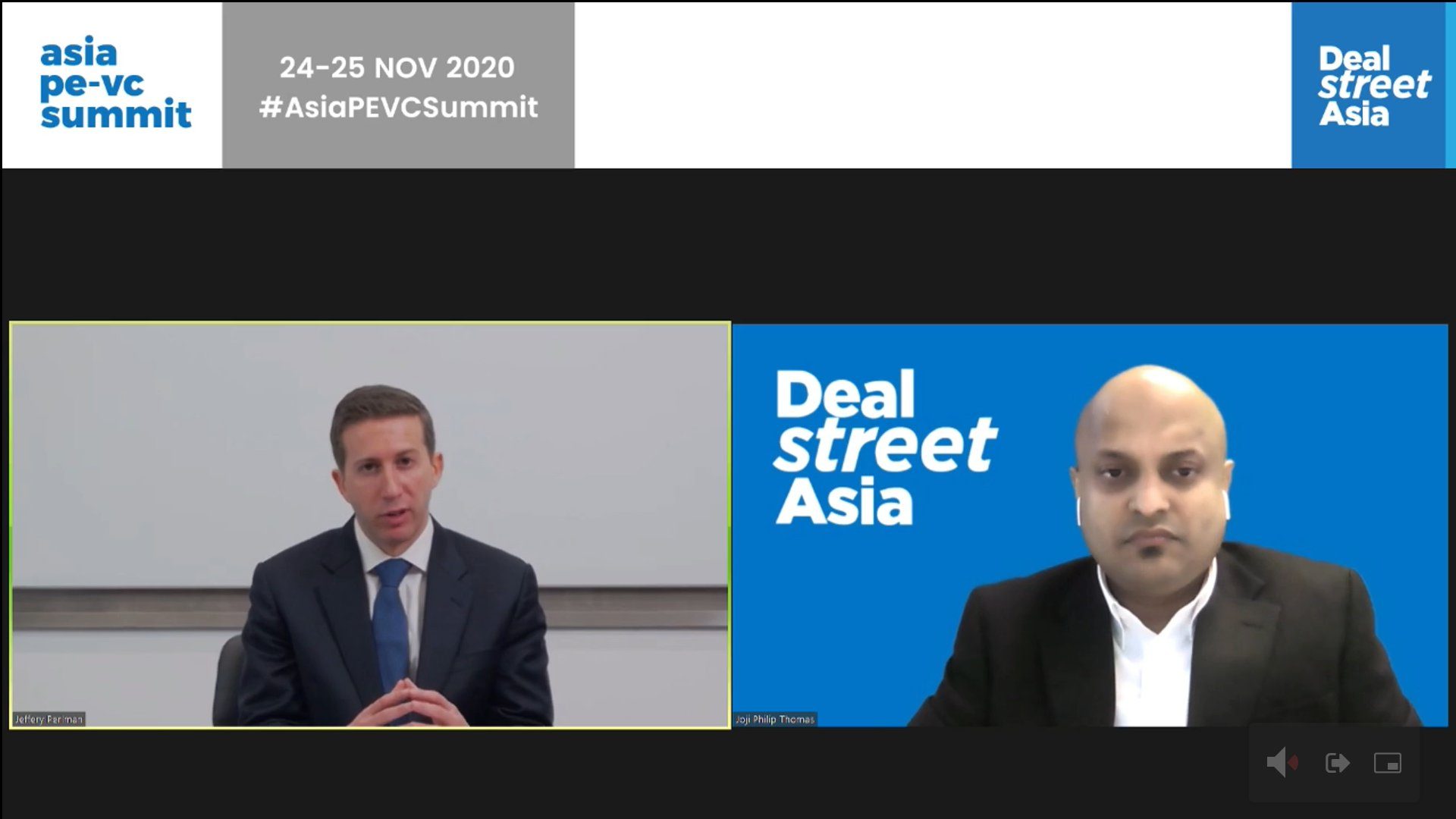Private equity major Warburg Pincus, whose portfolio company Converge ICT Solutions recently raised $600 million in the Philippines’s second-largest IPO, is bullish about the listing window opening wider for Southeast Asian enterprises in the near future.
Start your deal-making journey now!
Subscribe now to enjoy unlimited access at just $59.
Premium coverage on private equity, venture capital, and startups in Asia.
Exclusive scoops from our reporters in nine key markets.
In-depth interviews with industry leaders shaping the ecosystem.
Already a Subscriber? Log in
Contact us for corporate subscriptions at subs@dealstreetasia.com



